MET230: Hydraulics and Pneumatics Unit 2 Review Assignment 1 Solution
VerifiedAdded on 2022/12/14
|23
|1081
|444
Homework Assignment
AI Summary
This document provides a comprehensive solution to a Hydraulics and Pneumatics assignment, specifically Unit 2 Review Assignment 1 for the MET230 course. The assignment covers a range of topics, including hydraulic motors (limited rotation, gear, volumetric efficiency), hydraulic valves (directional control, pressure relief), and related calculations. The solution includes detailed answers to multiple-choice questions testing understanding of key concepts and principles. Furthermore, it provides step-by-step solutions to several problems involving rotary actuators, hydraulic motor performance, and hydraulic transmissions. These problems require calculations for speed, torque, horsepower, and flow rates. Additionally, the document addresses the functionality of pressure relief valves, orifice flow measurements, and the analysis of hydraulic cylinder systems. The solution demonstrates the application of relevant formulas and principles to solve practical engineering problems within hydraulic systems. The document concludes with references, supporting the validity of the solution.
1 out of 23
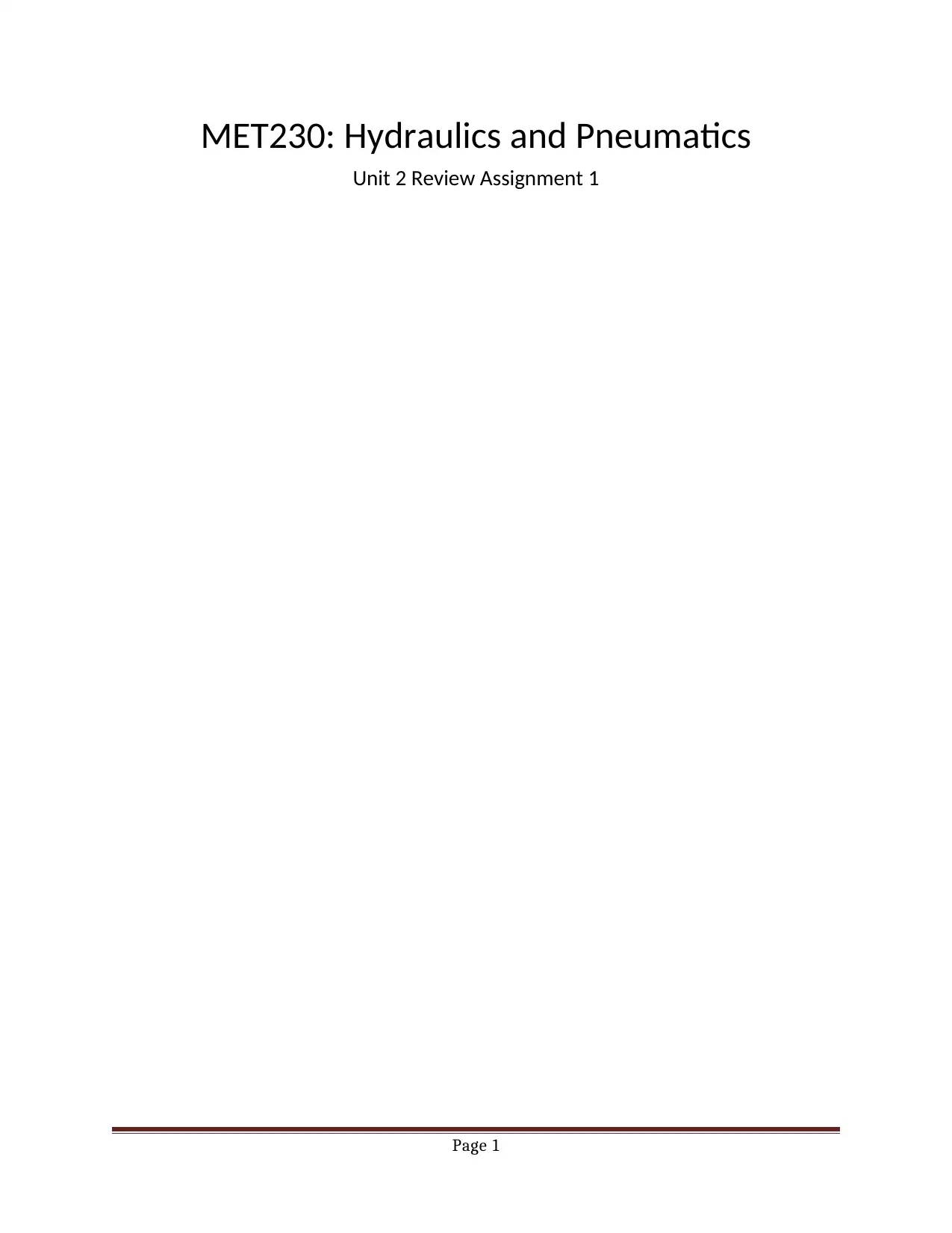
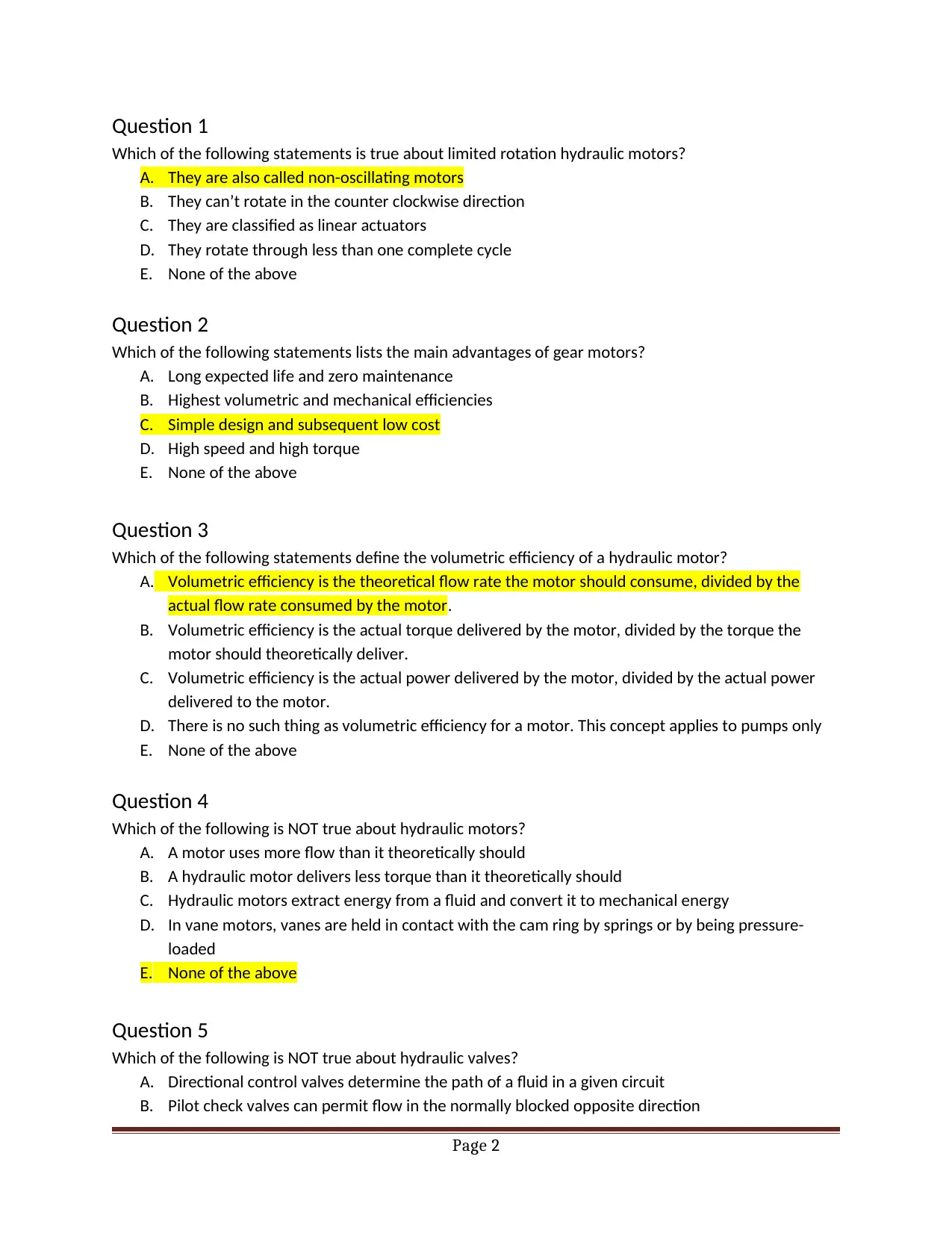
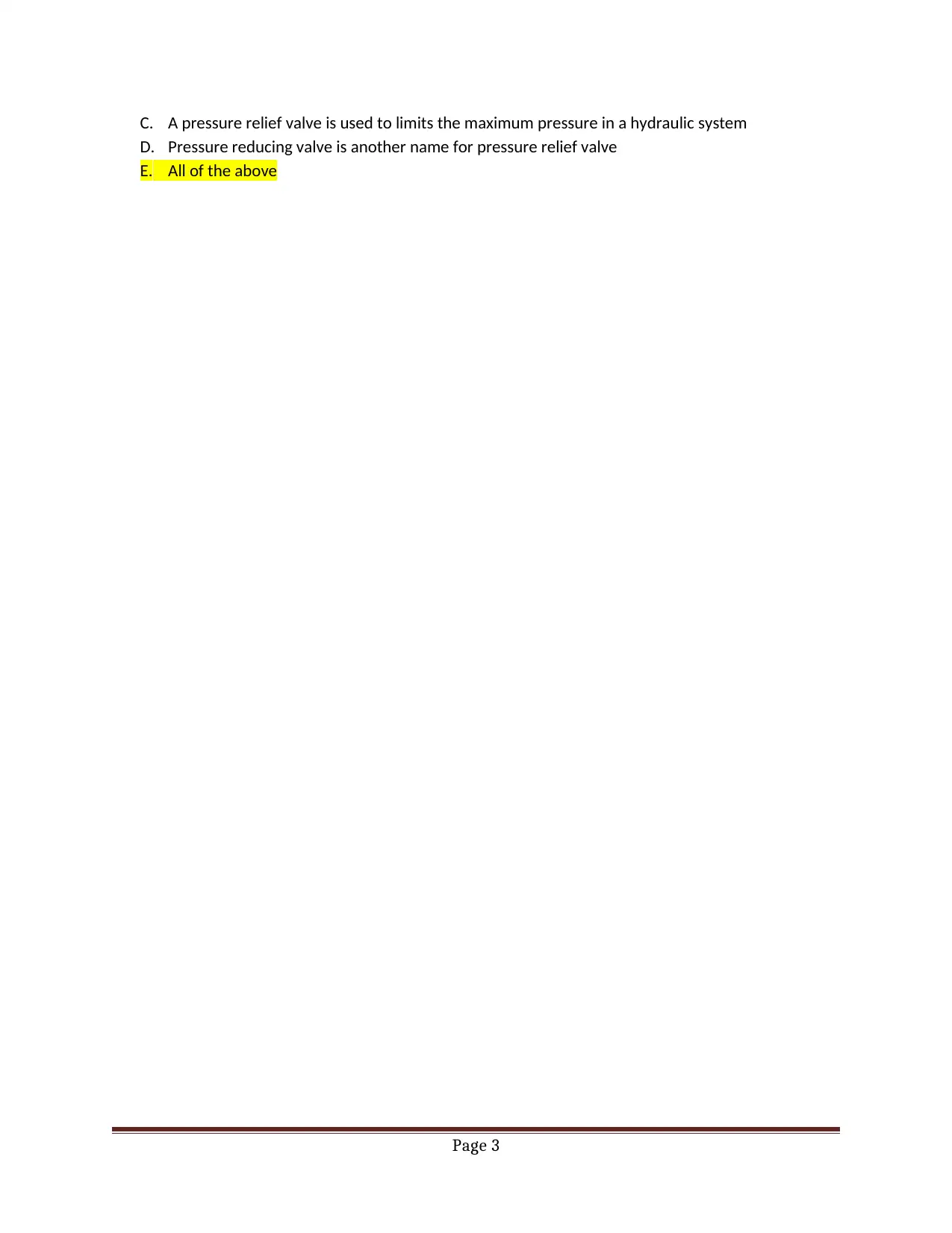

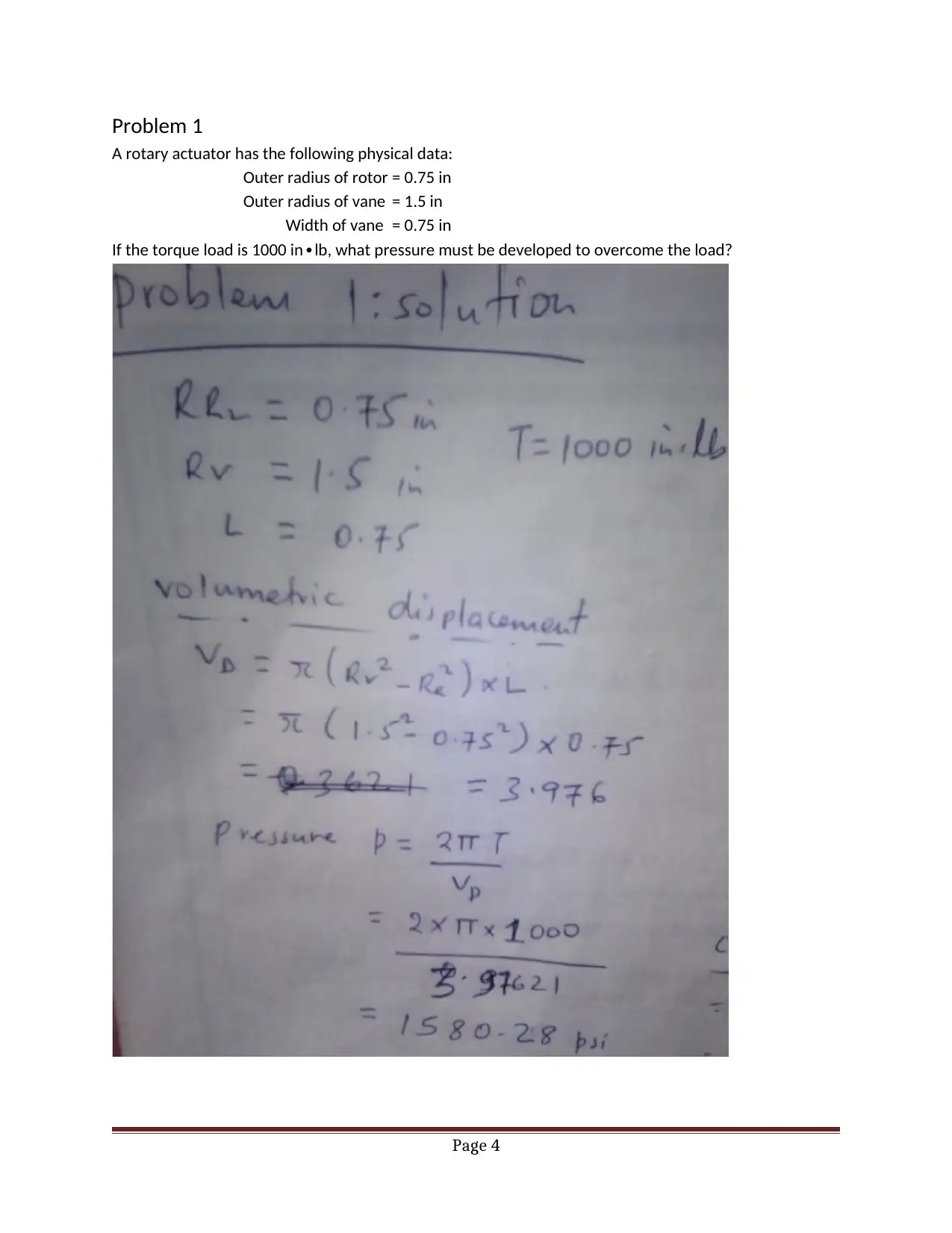
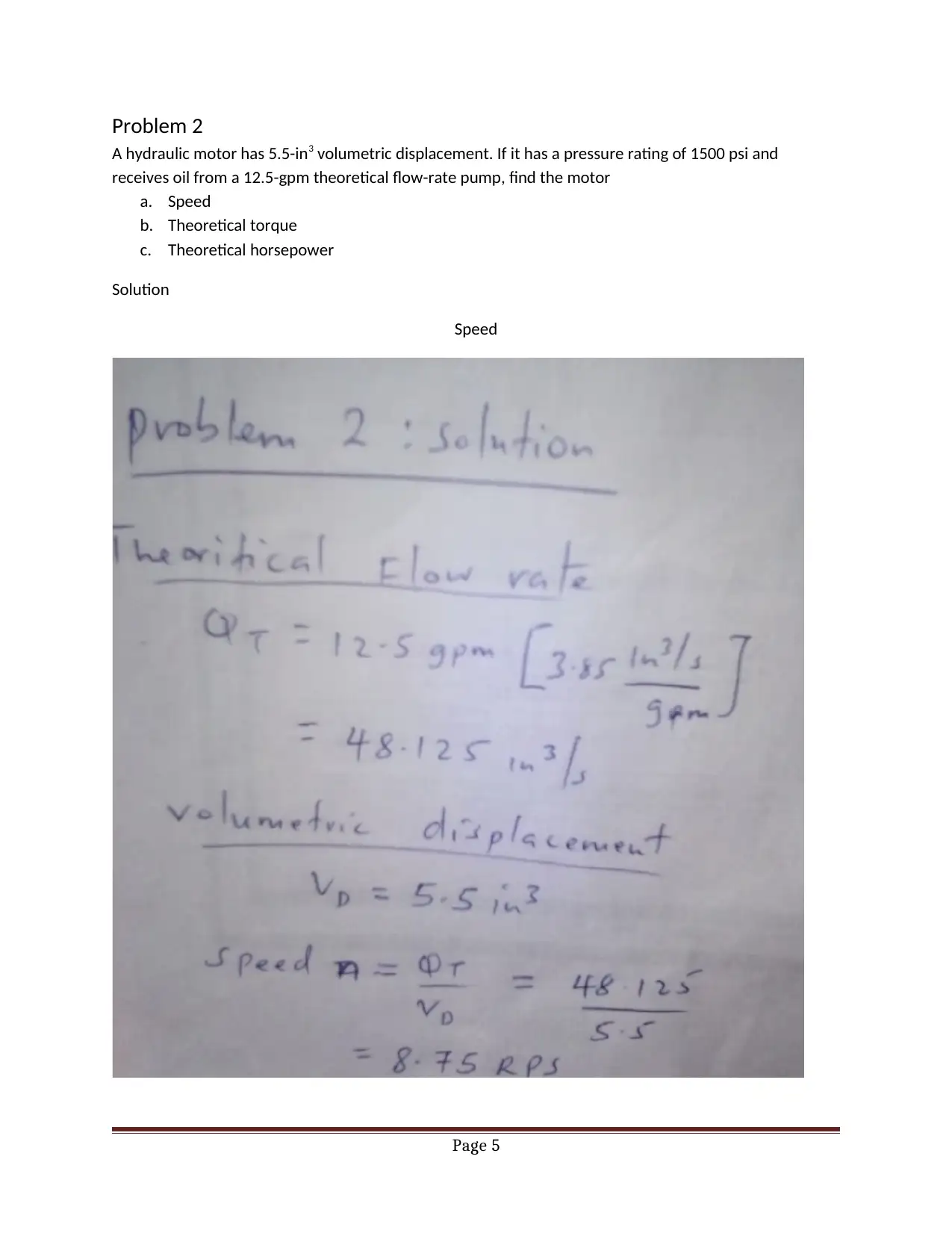
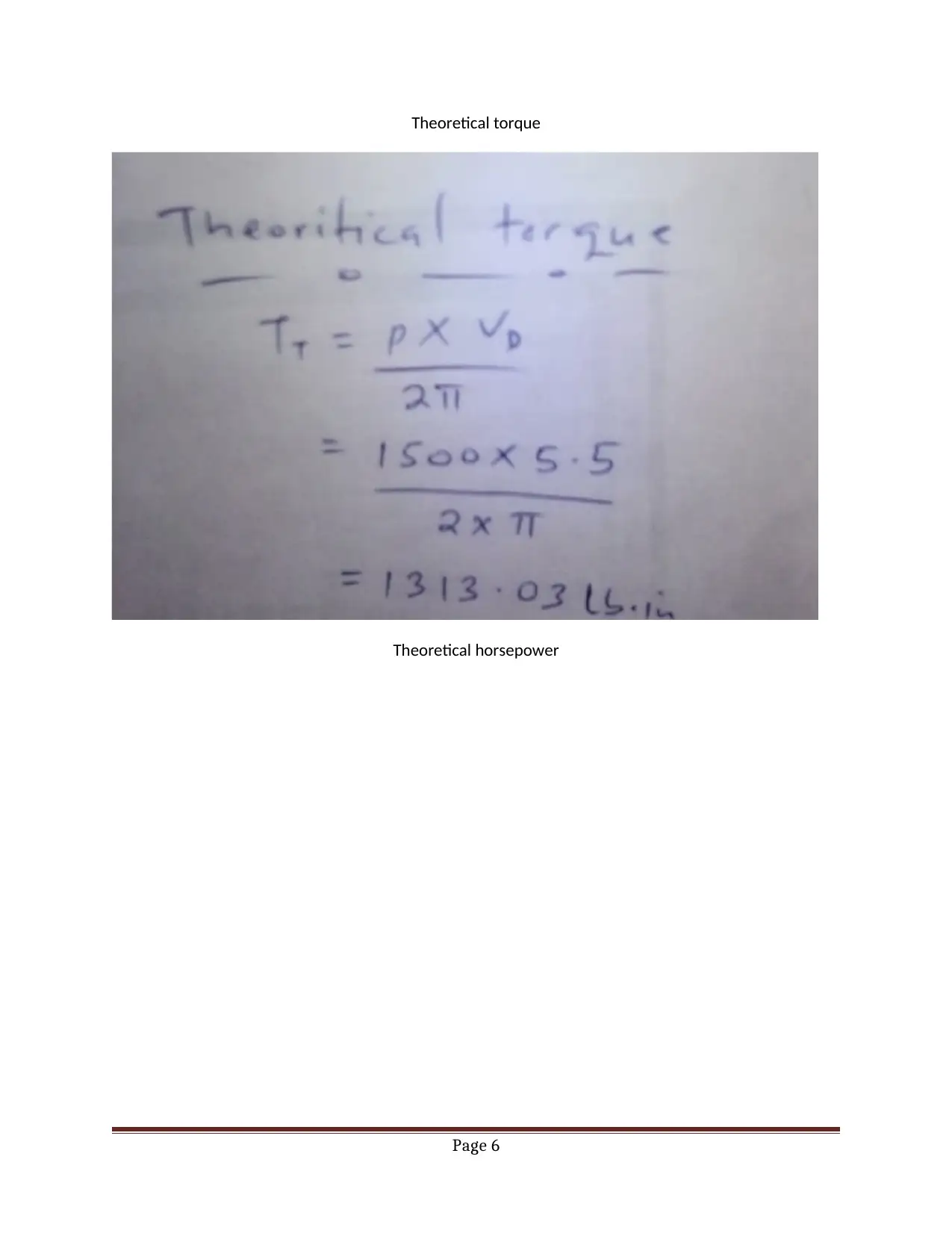
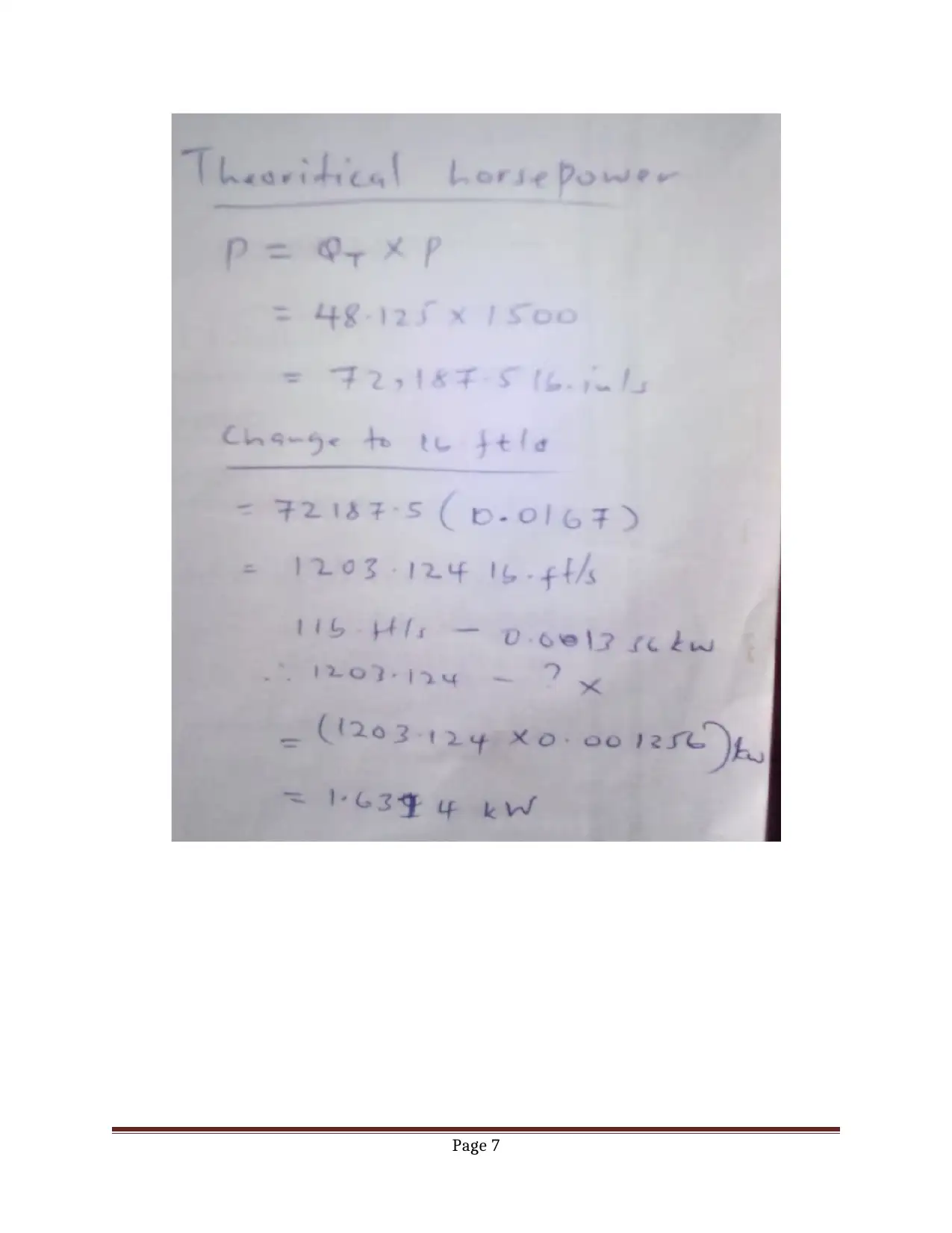
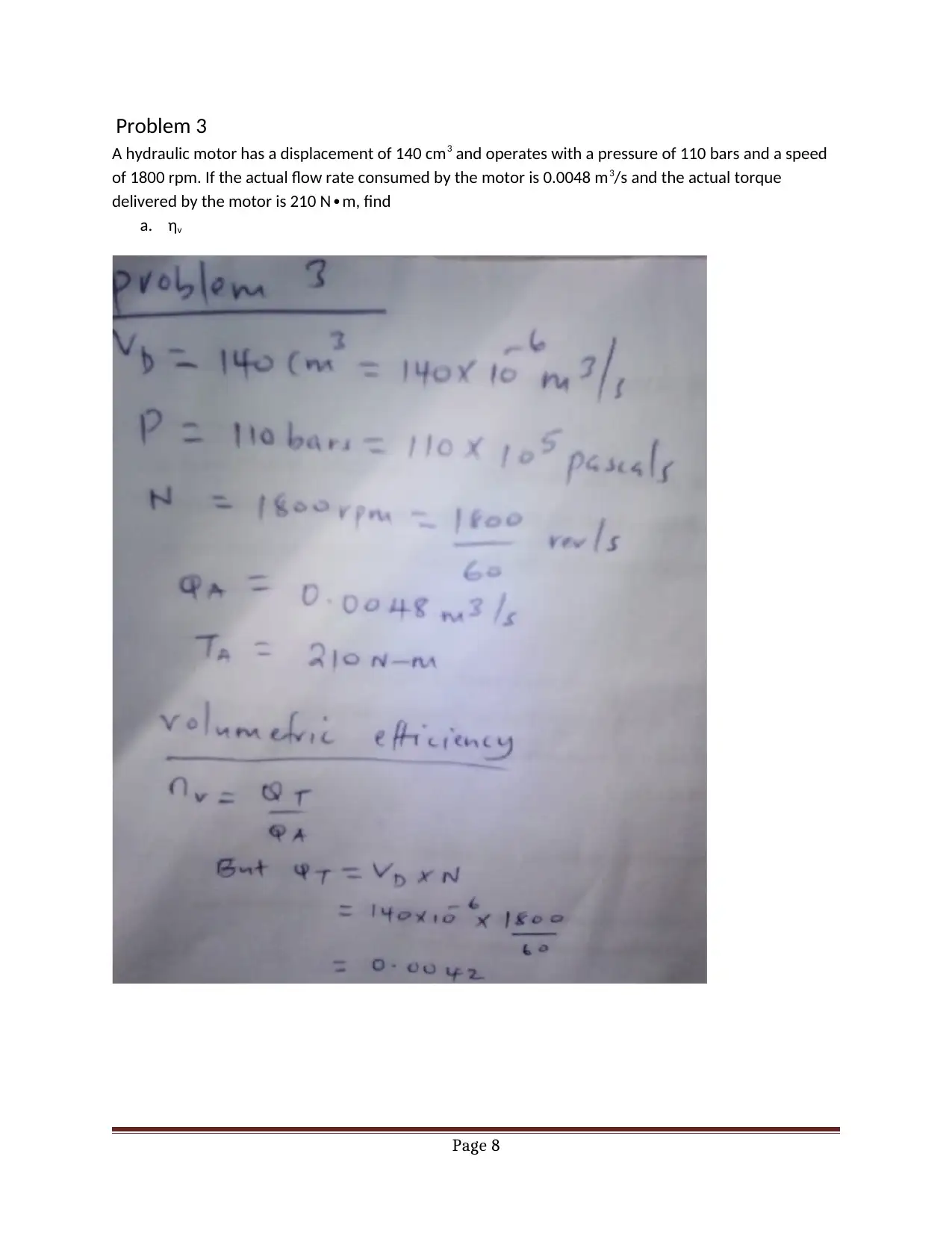
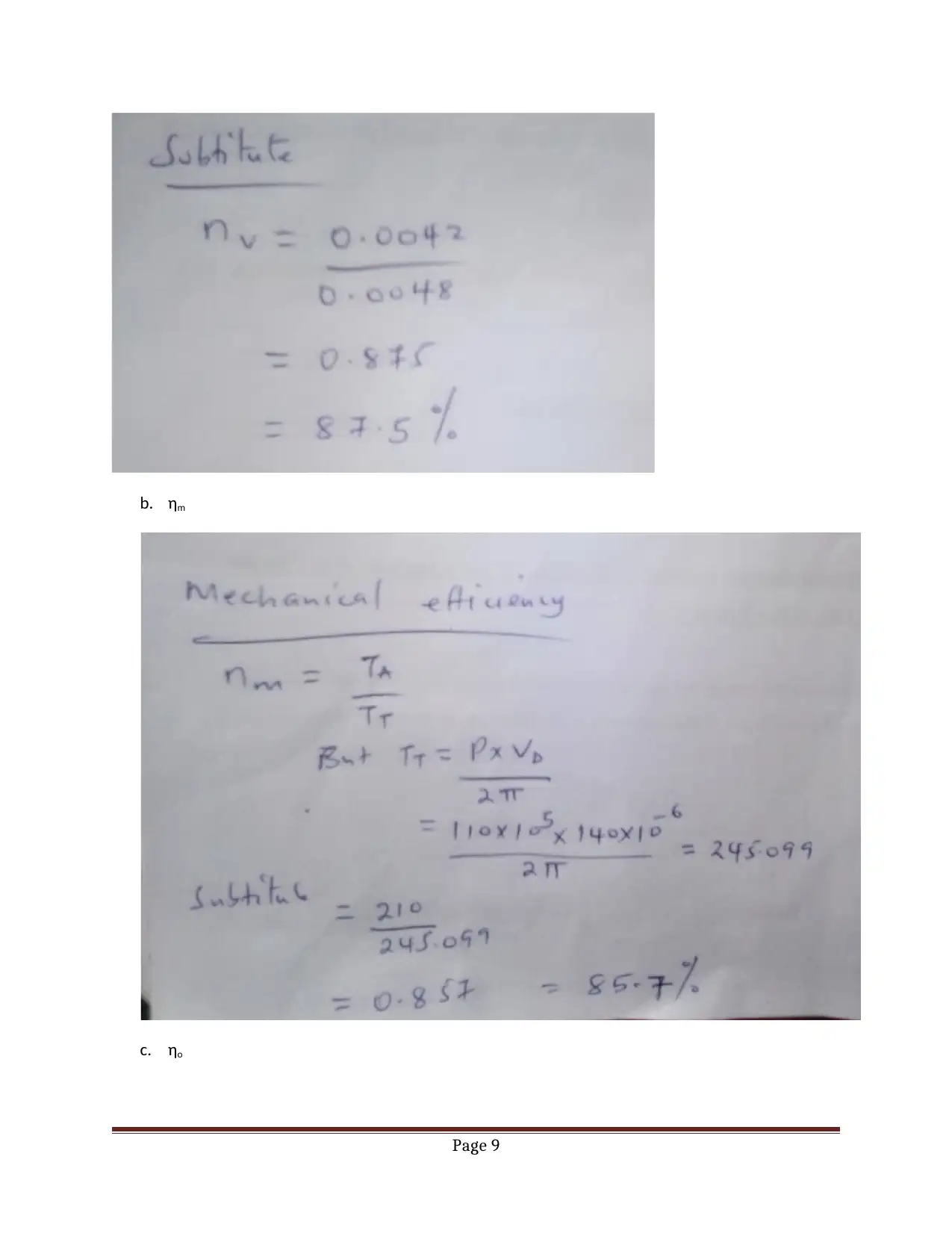
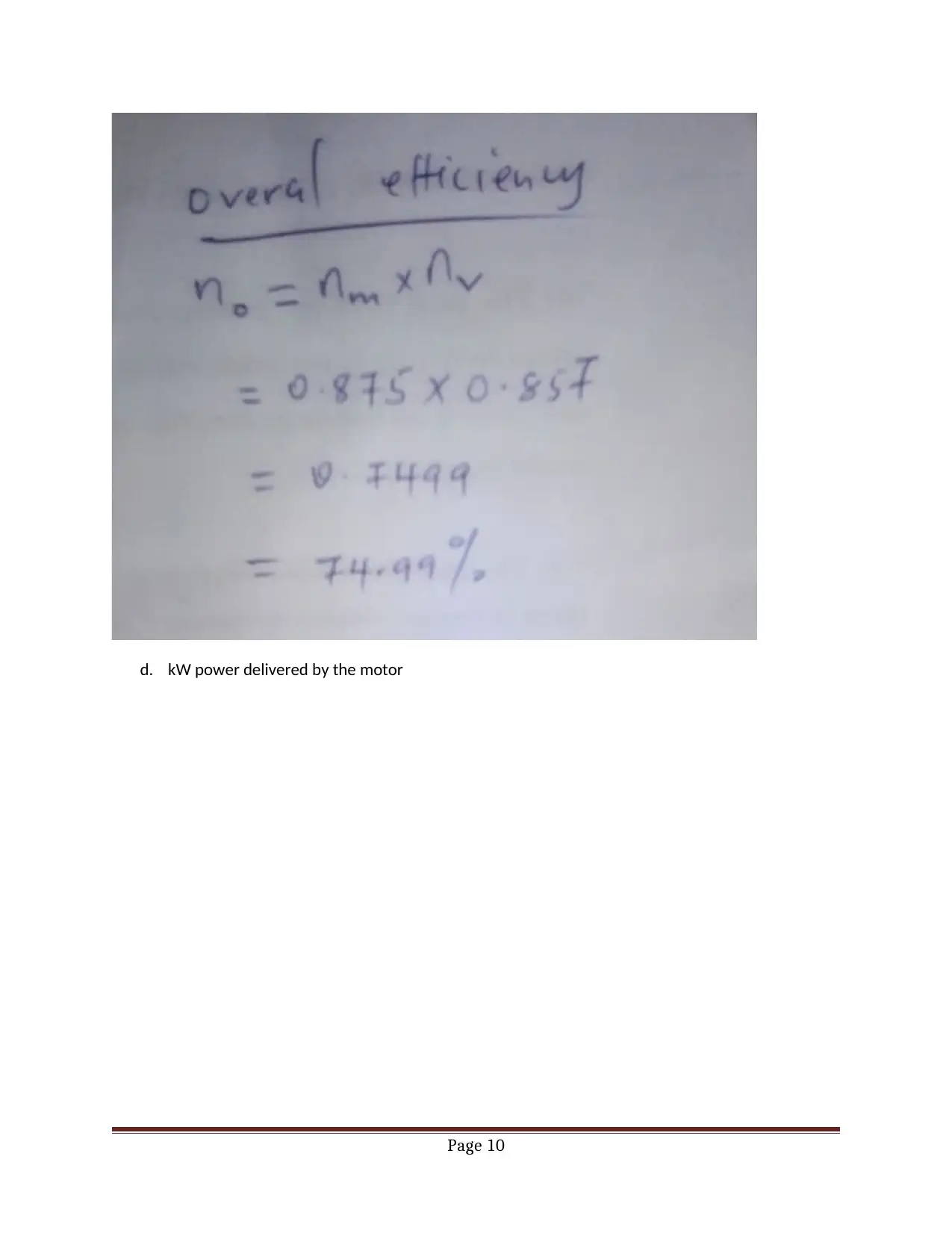
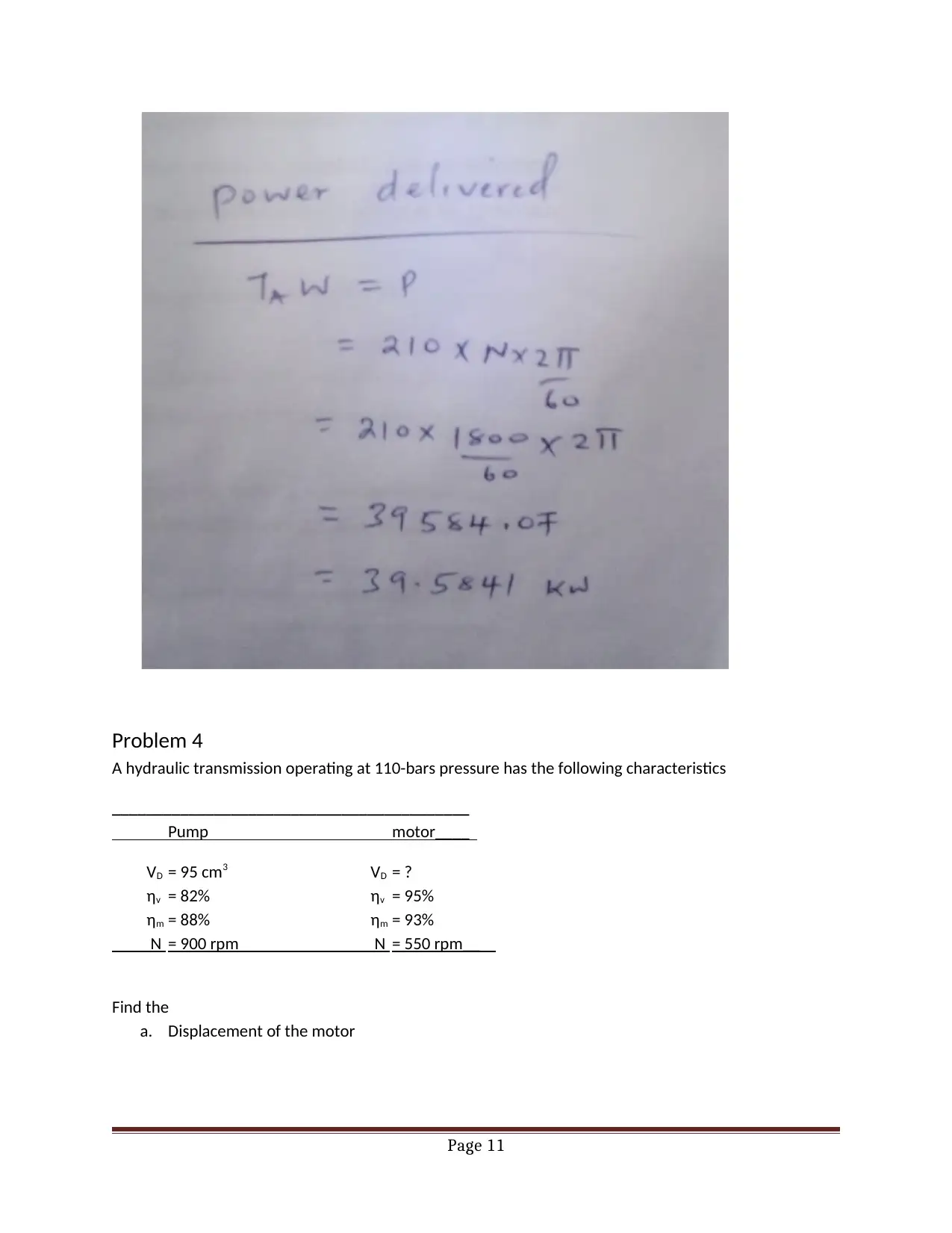
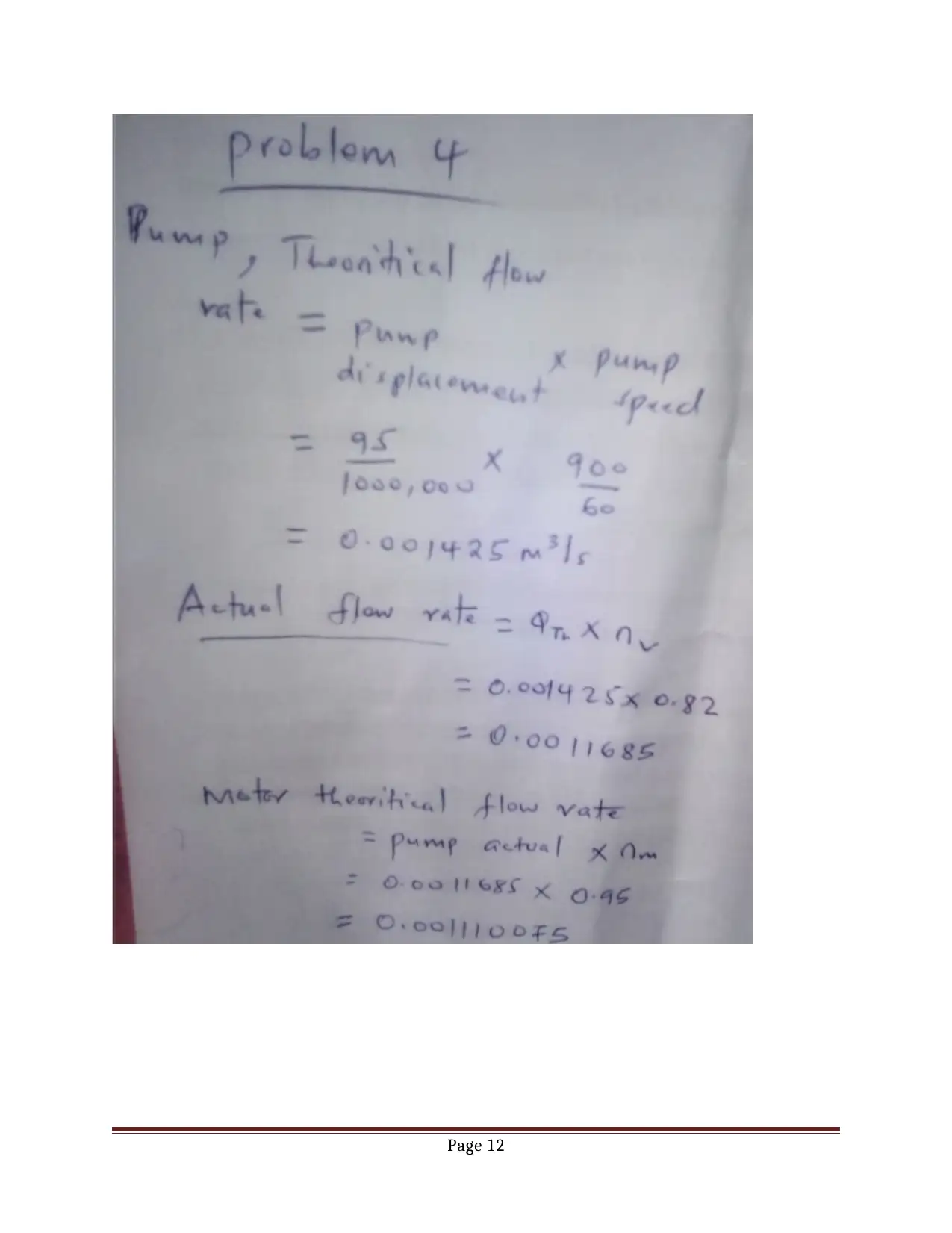





![[object Object]](/_next/static/media/star-bottom.7253800d.svg)